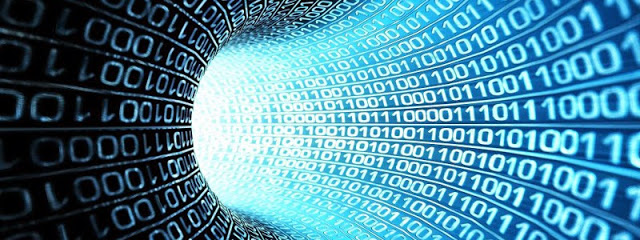| Online: | |
| Visits: | |
| Stories: |
Attention, Intention & the Universe as a Conscious Holographic Information Processor
by Shift
Some 2,500 years ago the Buddhist text, the Avatamsaka Sutra, described the cosmos allegorically through the imagery of Indra’s net. In the heavenly abode of the deity Indra, there was cast an infinite net reaching in all directions, and at each node point in the net there was a jewel, each reflecting the light of all the others—infinitely. Should any jewel be touched, each of the infinite other jewels would instantly be affected, presaging Bell’s theorem that everything is interconnected in this interdependent universe.
The Buddhist vision essentially describes a holographic universe—our holographic universe. In The Tao of Physics, Capra explains the relevance of Indra’s net to particle physics, stating that “particles are dynamically composed of one another in a self-consistent way, and in that sense can be said to ‘contain’ one another.”
This is a principle of the hologram: that each part contains within it the information that codes for the whole. In other words, all information fundamentally exists non-locally, infinitely reflected in all the facets of existence.
Read more »
Source: http://www.riseearth.com/2014/11/attention-intention-universe-as.html





